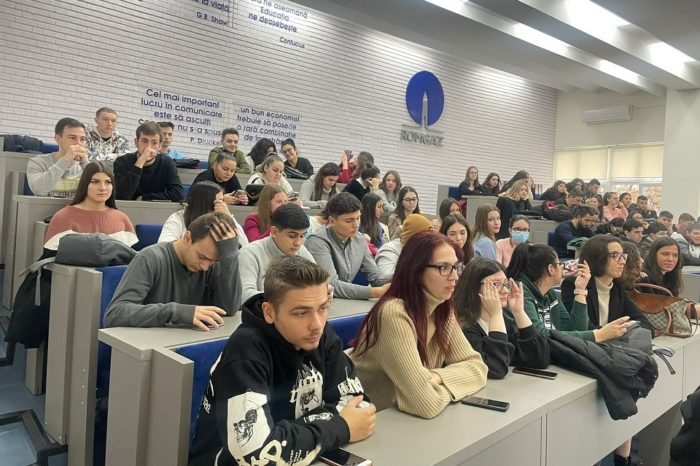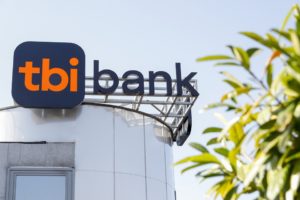Turbulent economies generate undue operational risks. How can companies mitigate fraudulent transactions in the current inflationary context?

Opinion article by Burcin Atakan, Financial Advisory Partner, Deloitte Romania
The world is experiencing an inflationary economy that is significantly affecting the Balkan region, as well as the wider European Economic zone and the Americas. As of October 2022, in the European Union (EU), inflation rates have varied between 7.1% (France) and 22.5% (Estonia), according to recent public estimations. These are quite significant numbers in comparison to the past years. Such conditions reflect noticeably in the daily lives of consumers, as well as within the strategic decisions of corporations.
In the current context, countless effects for the business environment are visible. Increasing fraud and corruption risks are amongst the challenges to which organizations might need to pay even greater attention than they used to. The risk of fraud within an organization can occur in various forms, such as procurement fraud, sales and marketing kickbacks, finance and accounting irregularities, shrinkage during the logistics or from the warehouse or even in payroll and human resources.
What are the typical schemes of fraud in turbulent times?
During the turbulent times, some of the internal frauds may have been discovered. It is expected that, within a 3-6 month period, some fraud patterns will be visible for the controlling functions in the organizations. Typical frauds of this type consist of inventory theft, Ponzi schemes, asset misappropriation etc. For such instances, a strong corporate governance applicable in the risk management area can contribute to an early detection.
One of the effects of a turbulent economy is the personal financial distress for the employees, managers and even for the business owners. Some may choose to take the unspoken path of defrauding, which refers to fraudulent transactions that may involve cash leakages, misrepresentation of the financial statements, procurement fraud, supplier fraud etc. Also, an increased tendency to bribe and to use kickback schemes might be noticed when these types of fraud occur. These cases of unethical conduct can be detected through preventative actions, such as strict policies and controls.
For the company’s decision makers, there is no one-size-fits-all recipe for preventing and stopping fraud, but rather a question of business assessment to identify the fraud risks and then investing the right amount of effort and focus in this.
How can companies mitigate such risks?
The first steps in mitigating fraud and corruption risks are building an effective internal anti-fraud program that comprises fraud detection and prevention, covering risk areas, fraud indicators and risk mitigation, creating internal procedures and policies on corporate governance, and enabling a secure whistleblowing line. The internal anonymous reporting channel needs more than a successful implementation: the internal promotion is key so that employees can feel safe and comfortable when using it. Its benefits go beyond employees and also include a consolidated relationship with clients and suppliers, based on trust. Organizations might also need to consider designing an internal anti-fraud training program for all levels of employees, including decision makers, top and middle management, as well as key operational areas such as procurement, accounting, finance, sales and ultimately the risk departments (i.e., internal audit, compliance).
Internal culture of ethics is one of the important elements in preventing fraud. The leaders are the one who set the tone when it comes to creating the right culture within an organization based on a zero tolerance to fraud attitude. After all, a strong organizational integrity culture is the most important in minimizing fraud and corruption risks.















